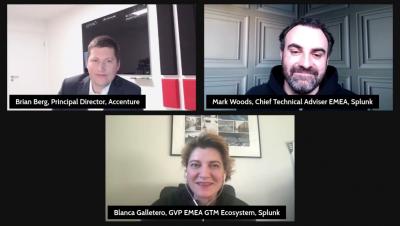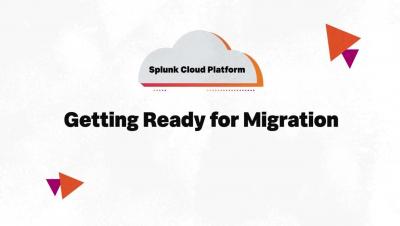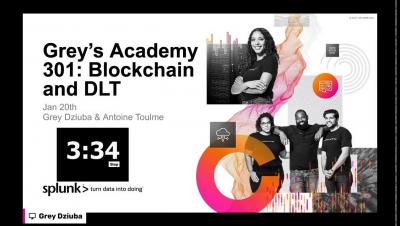Operations | Monitoring | ITSM | DevOps | Cloud
Splunk
A Splunk Approach to Baselines, Statistics and Likelihoods on Big Data
A common challenge that I see when working with customers involves running complex statistics to produce descriptions of the expected behaviour of a value and then using that information to assess the likelihood of a particular event happening. In short: we want something to tell us, "Is this event normal?". Sounds easy right? Well; Sometimes yes, sometimes no. Let's look at how you might answer this question and then dive into some of the issues it poses as things scale-up.
Face the Unexpected with the Stability and Resiliency of Splunk Cloud Platform
Stability and resiliency of cloud services are top of mind for organizations today. Whether rising to the challenge of a surge in pandemic-driven demand, or fire fighting an unexpected outage, you still have to support your own customers.
Prevent Data Downtime with Anomaly Detection
A couple months ago, a Splunk admin told us about a bad experience with data downtime. Every morning, the first thing she would do is check that her company’s data pipelines didn’t break overnight. She would log into her Splunk dashboard and then run an SPL query to get last night’s ingest volume for their main Splunk index. This was to make sure nothing looked out of the ordinary.
The Five Tenets of Observability
A new year is a chance to have a new start, and one thing that it’s a great opportunity to think about is the monitoring and observability platform you’re using for your applications. If you’ve been using a legacy monitoring system, you’ve probably heard about observability all over the ‘net and want to figure out if this is really something you need to care about.
Splunk Log Observer: Log-Analysen für DevOps
Getting Ready for a smooth, speedy migration to the Splunk Cloud Platform
Grey's Academy 301: Blockchain, DLT and Splunk
Kickstart your Splunk App with @Splunk/Create
I’ve been contributing to, and creating, Splunk apps for the better part of the last 10 years. But never have I felt more excited to be a Splunk Developer than right now. One of the primary reasons why I am so excited is because of build tools like @splunk/create. At Splunk, we recognize that developers are so crucial to our entire ecosystem.
Show it Off with Splunk TV! More Ways to Display Your Best Dashboards
Splunk TV lets you easily display your data on the big screen to visualize and monitor what’s going on in your business. Splunk TV is optimized for a hands-off experience, with slideshows and automatic scrolling so you can display the most important metrics securely and easily. We’re happy to announce that in addition to Classic (Simple XML) dashboards, we now support Studio Dashboards and IT Service Intelligence Glass Tables.










